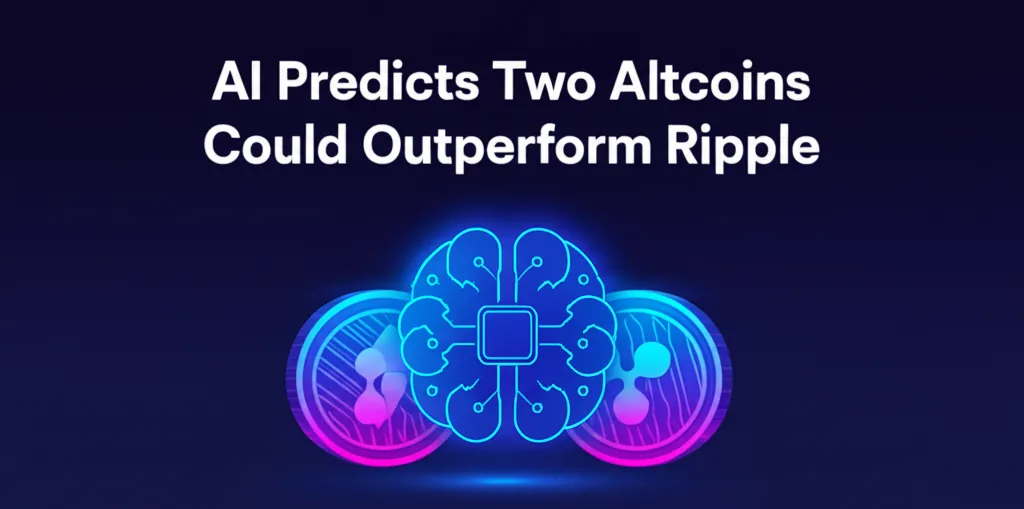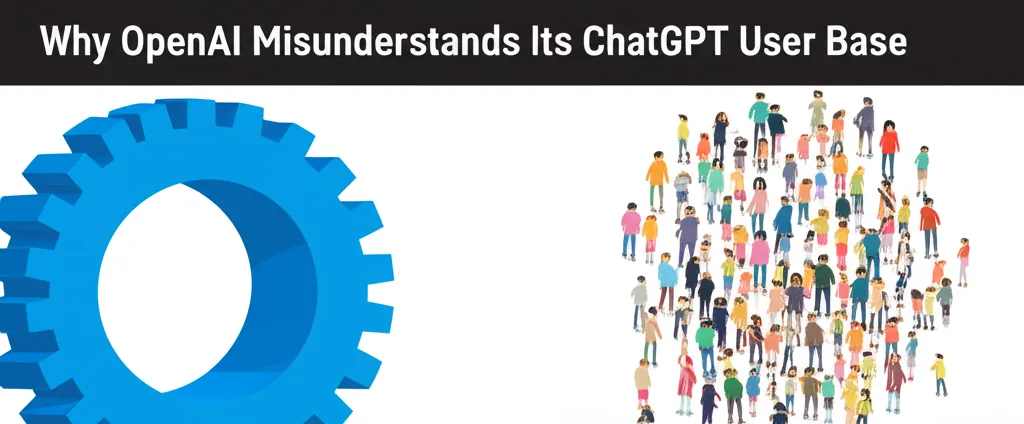Developer Offer
Try ImaginePro API with 50 Free Credits
Build and ship AI-powered visuals with Midjourney, Flux, and more — free credits refresh every month.
OpenAIs Battle to Build an Unbeatable AI Moat
The Dawn of a New Tech Era
We are at a pivotal moment as Artificial Intelligence, history's latest general-purpose technology, begins to shape itself into a full-fledged industry. The early days are crucial, and much of the future depends on the trajectory of its current leader, OpenAI. In the history of transformative technologies like the internet, will OpenAI become a titan like Google, or a forgotten pioneer like AltaVista? While no one can be certain, we can analyze the strategic challenges it faces.
OpenAI's Unprecedented Market Dominance
OpenAI's commanding position in the AI industry is remarkable. As the creator of ChatGPT, it captured an astounding 78% of daily unique visitors to core AI model websites, with six competitors sharing the remainder, according to a J.P. Morgan report. Even with this significant lead, OpenAI continues to expand its margin over rivals, including Gemini, which is backed by the colossal resources of Google's parent company, Alphabet.
The Critical Question of the 'Moat'
The central question is whether OpenAI can maintain this lead, a feat that history suggests is difficult. The answer largely depends on its business 'moat'—a term popularized by Warren Buffett to describe a sustainable competitive advantage that is difficult for others to breach. This could be a powerful brand like Coca-Cola's or the economies of scale enjoyed by a railroad. On this front, analysts are divided.
Perspective One A Fragile Lead
J.P. Morgan analysts express skepticism about the durability of OpenAI's advantage. They acknowledge the company's lead in model innovation but argue that this strategy represents an “increasingly fragile moat.” For instance, the company's latest model, GPT-5, while featuring multiple advances, did not generate the overwhelming enthusiasm of its predecessors. The analysts conclude that as competitors inevitably catch up, “Model commoditization is an increasingly likely outcome.” To survive and thrive, OpenAI must evolve from an innovator into a product-focused, diversified organization capable of operating at scale—a transition it has yet to prove it can make.
Perspective Two Building a 'Sticky' Advantage
A more optimistic view comes from Robert Siegel, a management lecturer at Stanford’s Graduate School of Business. He argues that OpenAI is already building a powerful moat through 'stickiness'. This principle suggests that the longer customers use a product, the less likely they are to switch. In AI, this effect is amplified. Siegel notes, “people will only move to Perplexity or Gemini or other solutions if they get a better result.” This becomes less likely over time because the AI learns from user interactions. The more you use ChatGPT, the better it understands you and your needs, creating a personalized experience that competitors cannot easily replicate. Siegel believes OpenAI's strategy is to “be ubiquitous,” getting its technology in front of as many users as possible to build this learning advantage early.
Lingering Threats and Uncertainties
Despite its strong position, several threats loom. The rise of powerful open-source models, such as China’s DeepSeek, offers high performance at a lower cost. The massive flow of venture capital could also slow down as hundreds of other AI startups compete for investment. Furthermore, both J.P. Morgan and Siegel agree that OpenAI's complex and unconventional governance structure, potentially topped by a non-profit, needs reform to reassure profit-seeking investors.
A Future Without Moats?
While OpenAI is in the best position to fortify its competitive defenses, the very nature of AI could render the traditional concept of a corporate moat obsolete. In this new era, how long will it be before a competitor simply asks its own AI engine, “How do we defeat OpenAI’s moat?”
Compare Plans & Pricing
Find the plan that matches your workload and unlock full access to ImaginePro.
| Plan | Price | Highlights |
|---|---|---|
| Standard | $8 / month |
|
| Premium | $20 / month |
|
Need custom terms? Talk to us to tailor credits, rate limits, or deployment options.
View All Pricing Details

